5 Minutes
Introducing the 2026 Toyota bZ: A New Era for Toyota Electric SUVs
Year after year, electric vehicles are rapidly evolving, and Toyota is right at the forefront of this transformation. With the introduction of the 2026 Toyota bZ, drivers can expect a substantial leap in performance, technology, and comfort. The compact electric SUV not only replaces its predecessor, the bZ4X, but it also positions itself as a highly competitive option in the electric crossover market.
Name Change and Evolution in Toyota's EV Branding
The first significant update is the name itself. Toyota is stepping away from its previous, number-heavy EV naming conventions. The bZ — meaning "beyond Zero" — will now be exclusive to this model and the all-new bZ Woodland, a longer, adventure-ready sibling. While markets like China still embrace bZ-numbered badges (such as bZ3 and bZ7), the U.S. market will see Toyota’s future electric vehicles adopt more recognizable names from the broader lineup — like the anticipated C-HR EV. This change reflects Toyota's commitment to making its electric vehicles more approachable and aligned with their renowned SUV family.
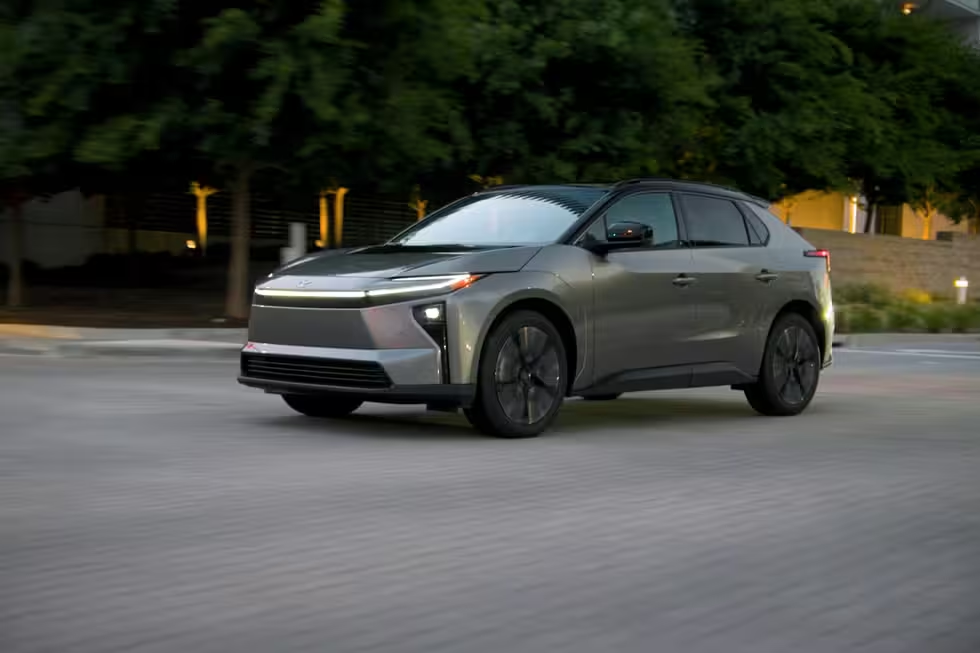
Vehicle Specifications: Powertrain, Battery, and Range
The 2026 Toyota bZ is closely related to the Subaru Solterra, sharing a platform but pushing the boundaries with new technology. Significant enhancements to the powertrain and electrical system solve prior complaints surrounding the bZ4X—specifically limited driving range, slow charging speeds, and modest performance output.
- Battery and Range: Most 2026 bZ models benefit from an upgraded battery, estimated at 67 kWh. The top-performing front-wheel-drive XLE Plus trim is expected to deliver up to 314 miles of driving range per charge, a substantial jump from the bZ4X’s 252-mile peak.
- Charging: Charging capabilities get a marked boost with an 11.0 kW onboard charger, up from 6.6 kW. Thanks to the new North American Charging System (NACS) port, drivers can now access Tesla’s Supercharger infrastructure, though DC fast-charging is capped at a competitive 150 kW.
Performance Upgrades: A Sportier Drive
Driving enthusiasts will be delighted to know that the 2026 Toyota bZ truly raises the bar for excitement behind the wheel. When tested alongside the prior bZ4X, the new model feels livelier, lighter, and notably swifter.
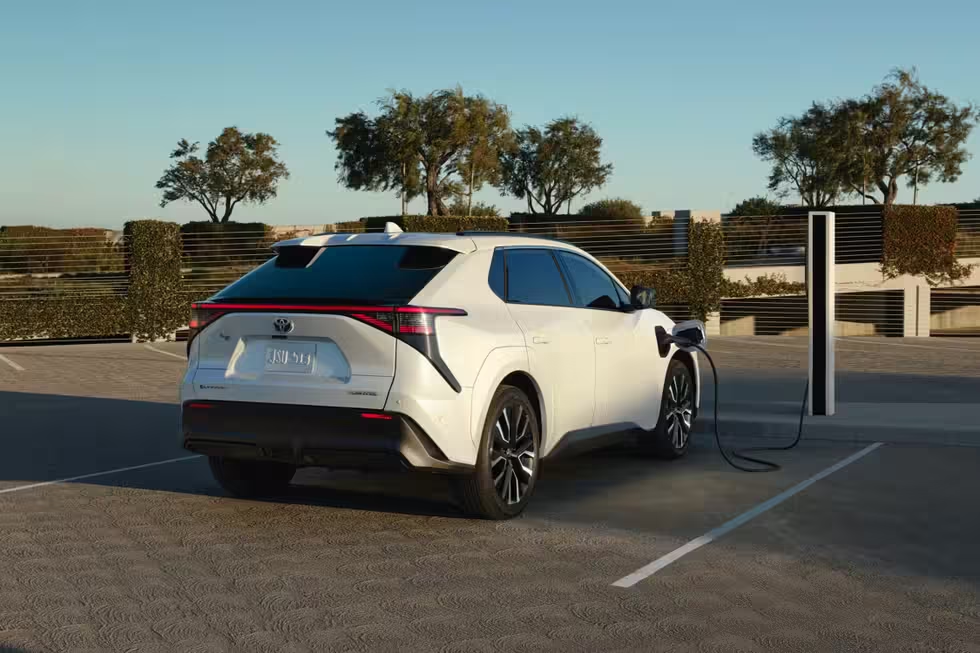
- Dual-Motor All-Wheel Drive: The standout is the new 338-horsepower dual-motor AWD system, a major upgrade from the previous 214-hp setup. With a projected 0-60 mph time of under five seconds, the new bZ challenges rivals like the Hyundai Ioniq 5 AWD and Volkswagen ID.4 AWD directly.
- Base Trims: Even the entry-level XLE features a 168-horsepower motor paired with a 52 kWh battery. While acceleration is modest, Toyota’s engineers have fine-tuned the suspension and steering for more balanced, comfortable handling across all speeds.
- Upgraded Front-Wheel Drive: The XLE Plus and Limited FWD trims further enhance driving pleasure with a more potent 221-hp motor and the larger battery pack, surpassing previous models in responsiveness and overall performance.
Interior Design and Technology: Comfort Meets Modernity
Step inside the 2026 Toyota bZ and you’ll immediately notice the elevated sense of space and refinement. The interior now features a redesigned center console that’s less intrusive, along with a more conventional and intuitive digital instrument cluster directly ahead of the driver. While the driving position may still take some getting used to, visibility and user-friendliness have generally improved, especially with the introduction of a larger, more vivid center touchscreen for infotainment and navigation.
Overall, the cabin feels brighter, roomier, and far more inviting than before — making it a better place for both daily commuting and longer EV road trips.
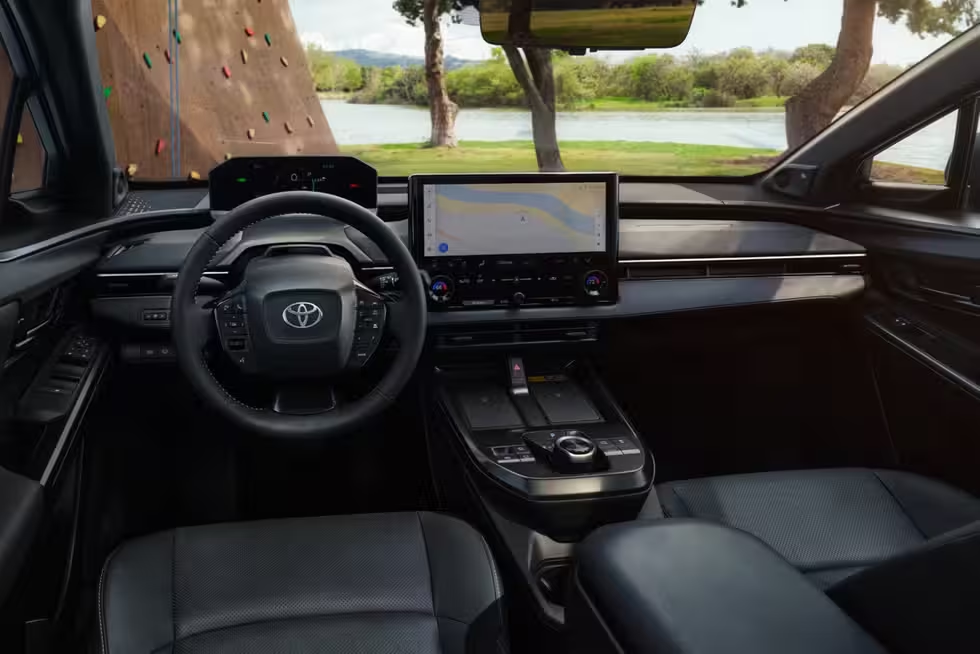
Market Positioning: Competing in the EV SUV Segment
Toyota’s 2026 bZ isn’t a total reinvention, but its suite of meaningful updates brings it squarely into the conversation among top compact electric SUVs. Past criticism of the bZ4X — related to range, charging speed, and lackluster acceleration — has been addressed head-on. While the 2026 Toyota bZ may not immediately leap to the front of the pack, its improved specs, modernized interior, and expanded charging compatibility make it an attractive choice for EV shoppers.
What’s more, dropping the complicated bZ4X name in favor of a more streamlined badge helps it fit more naturally among established EV competitors. As long as Toyota positions it competitively on price, the new bZ has strong potential to become a mainstream favorite in the rapidly growing electric SUV segment.
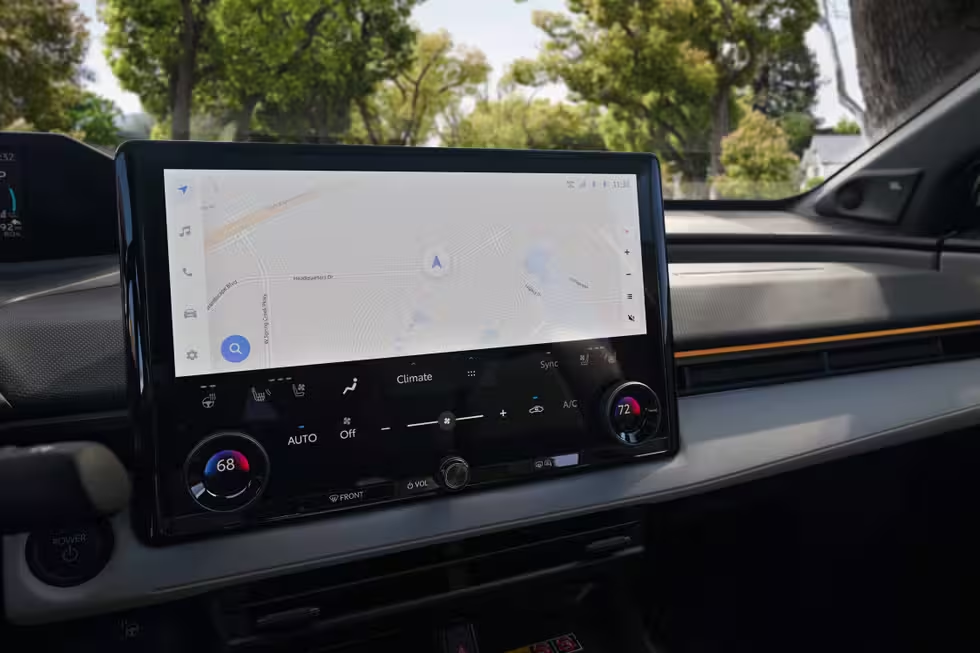
Comparison: How Does the Toyota bZ Stack Up?
With up to 314 miles of range, faster charging, and up to 338 horsepower with all-wheel drive, the 2026 Toyota bZ now stands toe-to-toe with class leaders like the Hyundai Ioniq 5, Volkswagen ID.4, and even other newcomers in the EV SUV category. Its blend of efficiency, performance, and practicality is sure to appeal to pragmatic buyers and enthusiasts alike.
Conclusion: The bZ is Ready for the Future
The 2026 Toyota bZ marks a turning point for Toyota’s electric vehicle ambitions. By listening to drivers and addressing earlier shortcomings, Toyota has delivered a compact electric SUV that’s quicker, comfier, and better equipped for EV life. For anyone shopping for a new electric SUV, the revamped bZ deserves a close look — it could be the breakthrough Toyota needed to shine in the competitive world of electric vehicles.

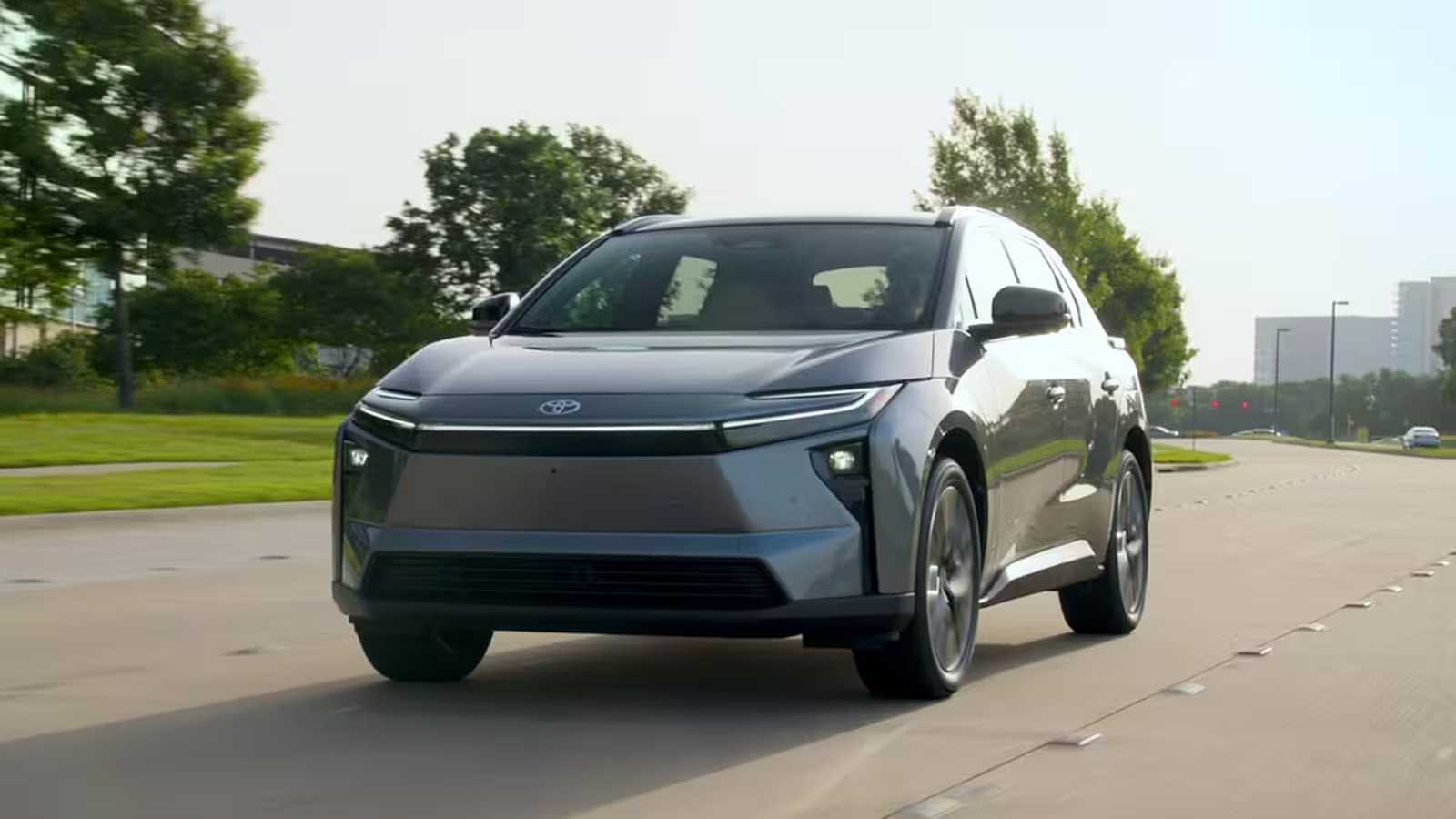
Comments